Young Justice is currently airing its fourth season, subtitled Phantoms, on HBO Max. The layered and complex storytelling confirms the show as one of the most ambitious and poignant animated efforts on streaming and one of the best projects in the struggling yet ever-expanding DC Universe.
Unafraid to tackle deep societal issues, the show has addressed numerous situations that echo what’s happening in the real world. From xenophobia and intolerance to gender identity and sexuality, Young Justice keeps pushing the boundaries of what audiences can and should expect from their animated series.
Trauma
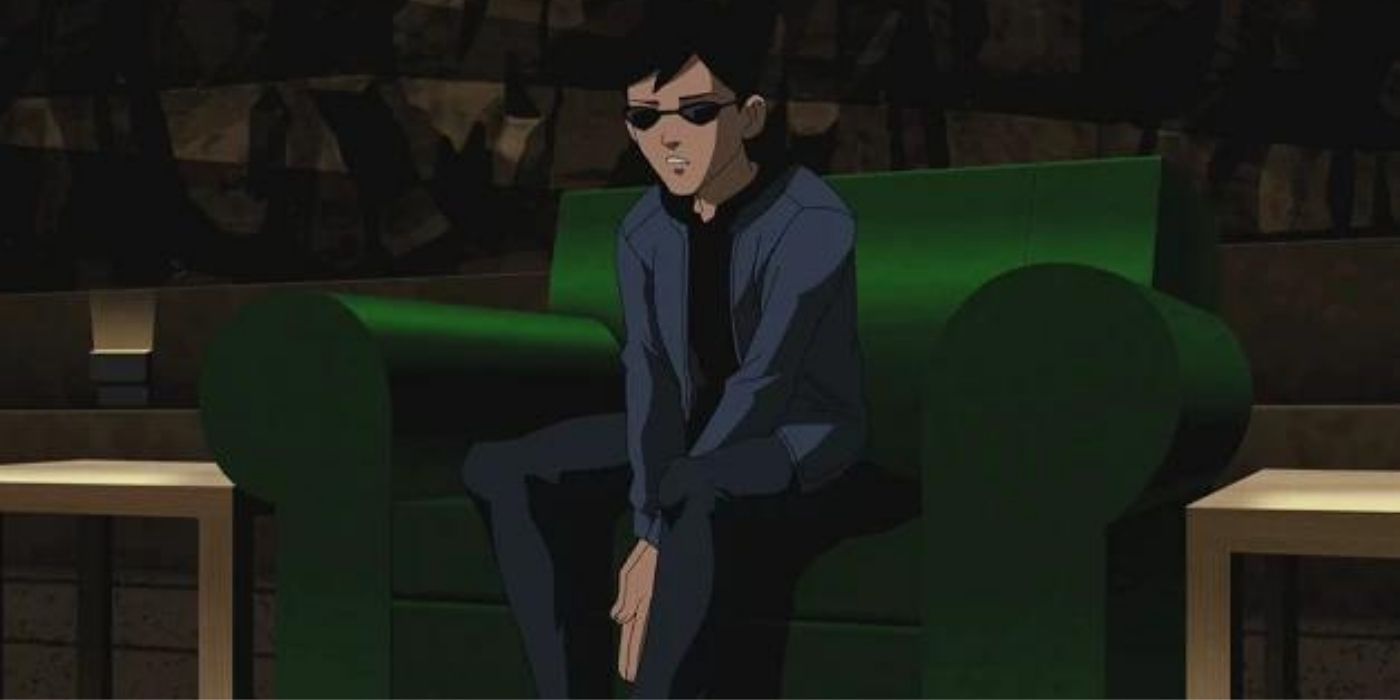
Because of their status as protegés of some of Earth’s best heroes, the characters in Young Justice often struggle with the weight of living up to their mentor’s and the public’s expectations. They work hard to establish themselves as heroes in their own right during season 1, outside of their mentor’s shadows. However, they also deal with numerous mistakes and failures, which affect their mental health.
There’s a memorable scene in season one in which each of The Team’s members opens up to Black Canary during therapy. The sequence reveals more about their psyches while still advancing the plot, making it one of the best Young Justice scenes before the five-year time jump. Future seasons continue exploring the heavy toll heroism takes on these characters’ mental health, especially following the deaths of Wally and Conner and Brion Markoff’s betrayal.
Media Manipulation
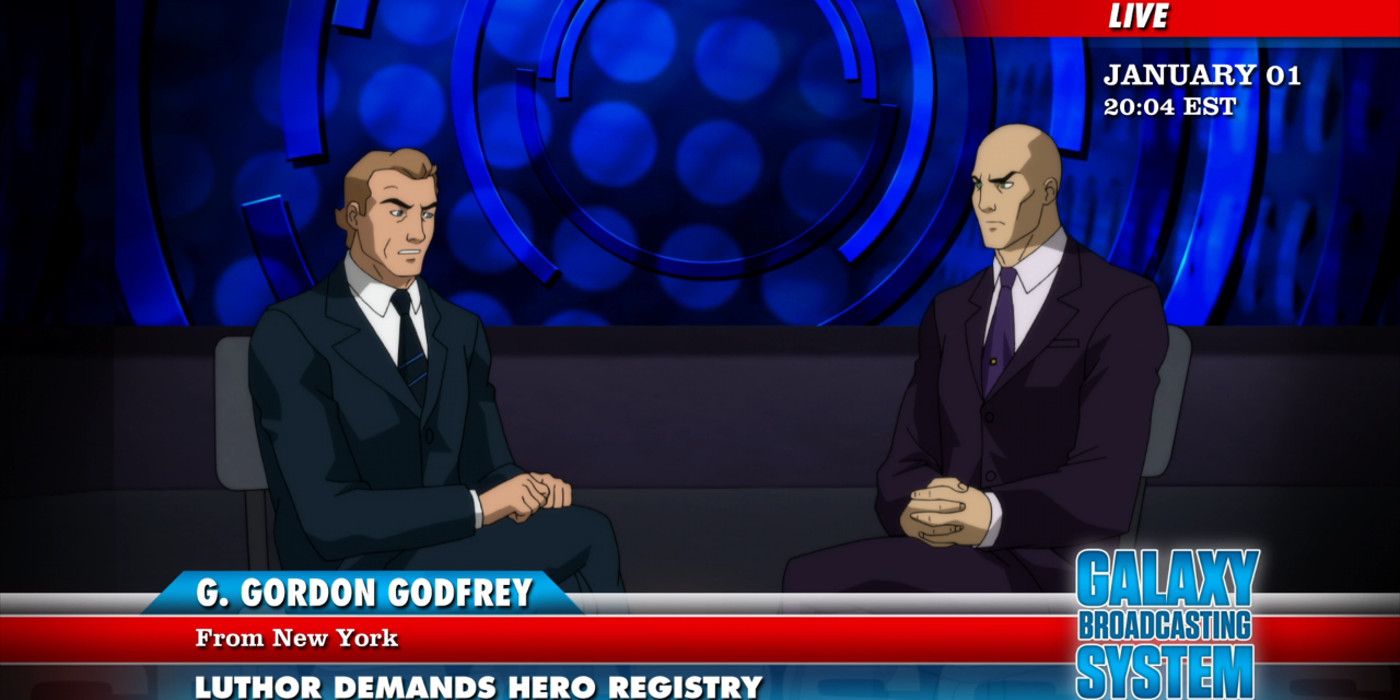
One of the best decisions Young Justice did was present Lex Luthor as a savvy megalomaniac rather than a genius. YJ‘s Lex understands the value of having the public on its side and goes to great lengths to preserve his likable image. During seasons 1 and 2, he uses G. Gordon Godfrey, a political pundit and opinion leader, to harshly attack the Justice League and advance The Reach’s agenda.
Media can influence the public’s opinion with extreme ease, particularly if people blindly trust what they see on the news without question. Young Justice shows how easily someone in power can manipulate the information available to the masses, creating a dangerous climate of chaos, paranoia, and misinformation.
Xenophobia & Bigotry
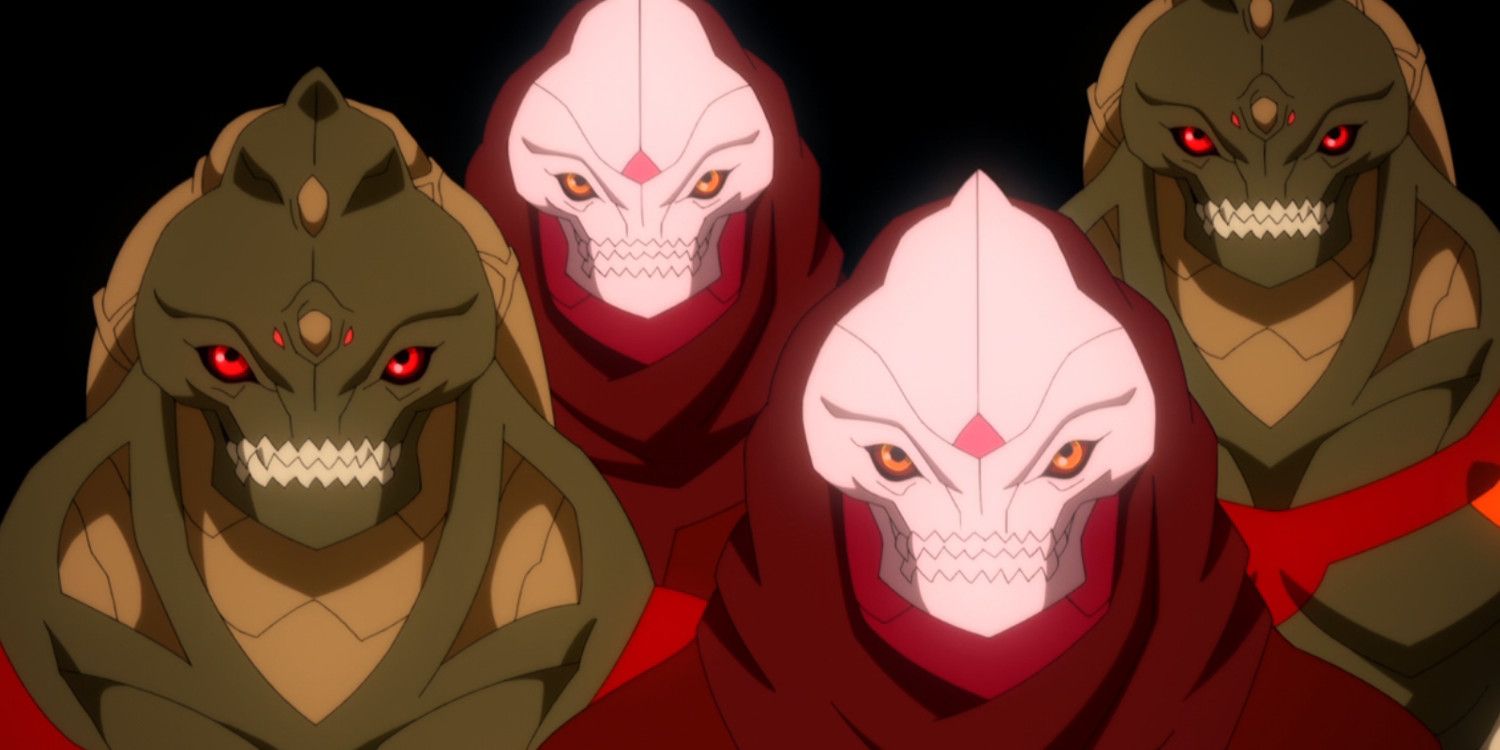
Some of the best episodes in Young Justice deal with real-life issues translated into a world of gods and superheroes. Phantoms‘ first arc, centering on Miss Martian and Superboy’s journey to Mars, addresses the intense xenophobia that, ironically, white Martians suffer. Outsiders addressed the xenophobia endured by Quraci refugees arriving at Markovia.
People will recognize these issues all too well. Even in 2022, society keeps experiencing rampant displays of racism, xenophobia, bigotry, and intolerance. More people are becoming aware of unfair behaviors like these, but it still isn’t enough to stop them from happening. However, society keeps learning and evolving.
Grief
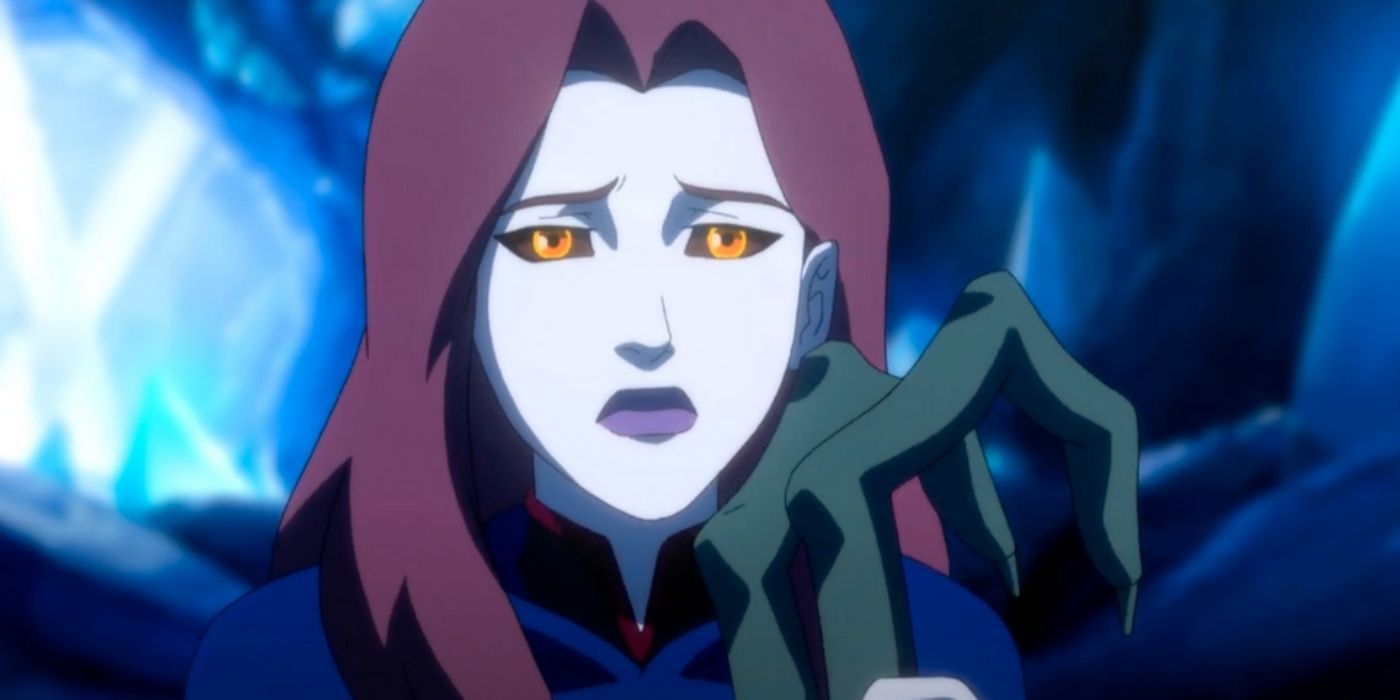
As previously mentioned, the show has featured numerous deaths. Two of Young Justice‘s most likable characters, Wally West and Conner Kent, died while protecting their loved ones. Zatanna also experienced loss when her father, Zatara, volunteered to become Doctor Fate’s new host, effectively preventing her from seeing or talking to him save for once every year. Currently, Beast Boy is going through a deep episode of depression stemming from Conner’s death.
Everyone handles grief as best as they can; Miss Martian bitterly cried over losing Conner while Gar pushed away all those who loved him. Artemis remained single for years, respecting Wally’s memory, and Zatanna kept going with her life, although she never forgot her dad and actively plotted to bring him back, even if it meant manipulating others. There’s no right or wrong way to handle grief, and the show perfectly demonstrated how differently people could react to the pain of losing a loved one.
Polyamory
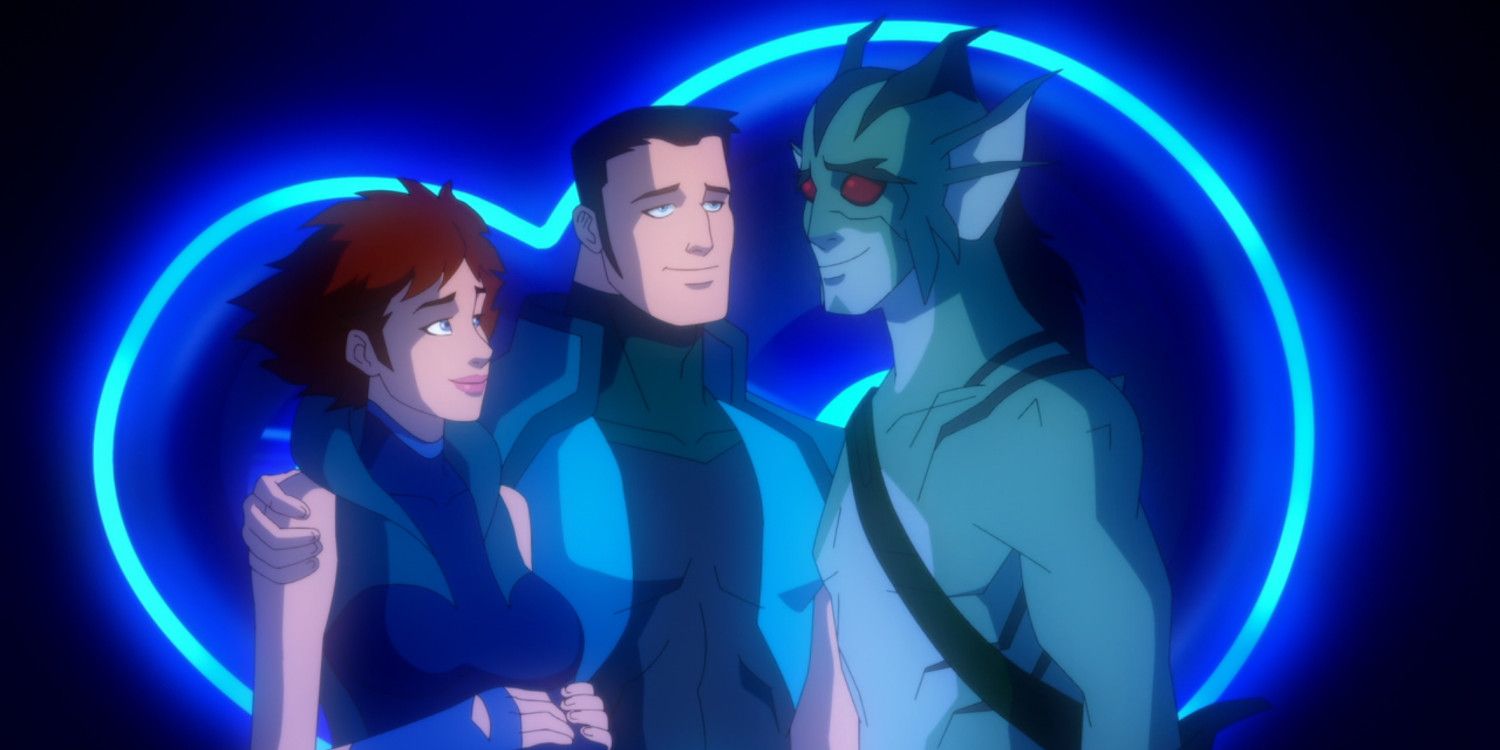
Kaldur’s arc in Phantoms focused on Atlantis, a kingdom often mentioned but hardly ever showcased. Among the characters featured in the plot was La’gaan, AKA Lagoon Boy, one of the Young Justice characters who deserved more screentime. Fans last saw him in Outsiders as Miss Martian’s boyfriend; now, La’gaan is in a polyamorous marriage with Coral and Rodunn, and the three are expecting a baby.
The best part about the show is that it doesn’t feel the need to have some grand declaration about the issues it portrays. On the contrary, it assumes a relaxed yet respectful attitude towards them, making fans feel like the relationship isn’t out of the ordinary. This approach helps eliminate the taboo behind polyamory, and hopefully, Lagoon Boy and his family will return in future episodes.
Sexuality
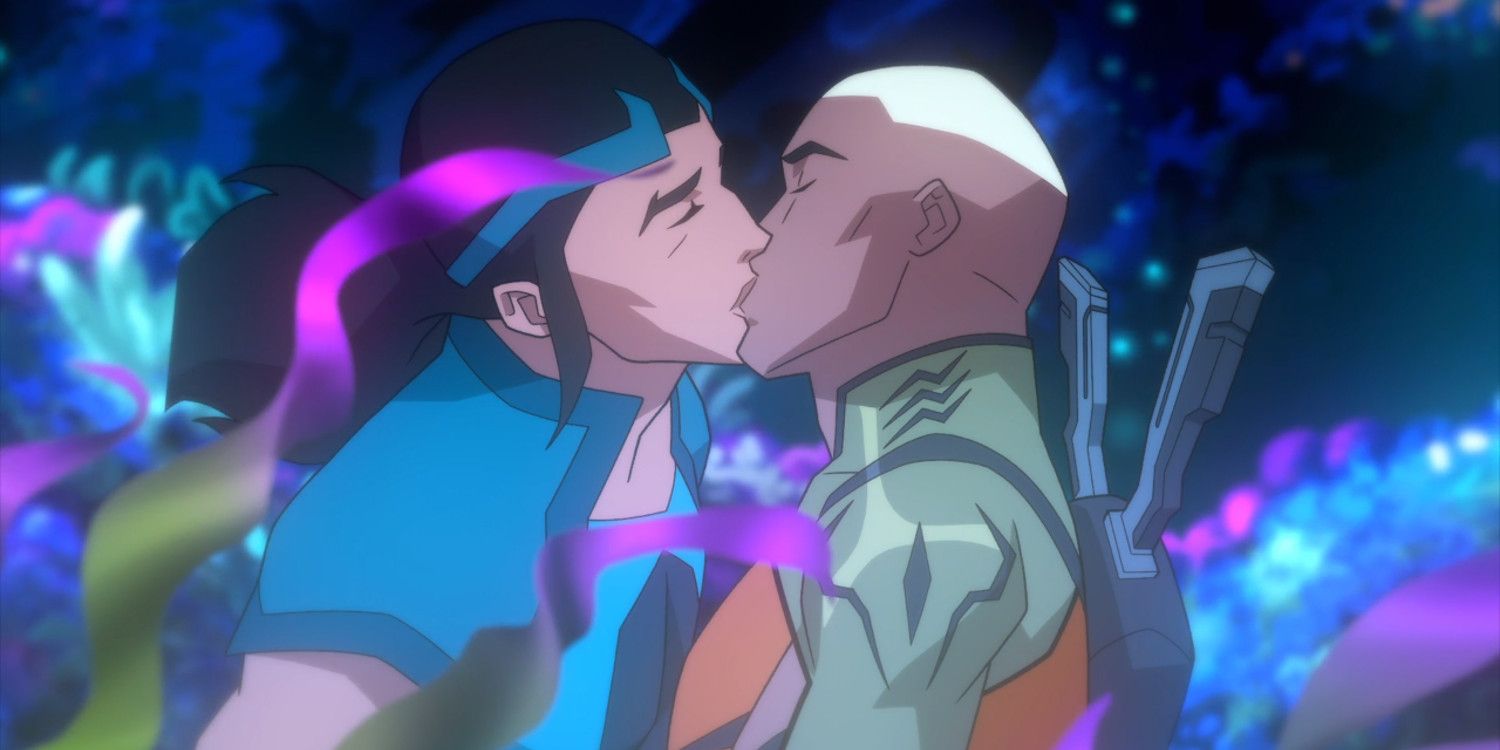
The creators behind Young Justice created Kaldur specifically for the show. However, the character proved so successful that he crossed over to the mainstream DC Universe. In season three, Kaldur enters a relationship with a young Atlantean named Wyynde, and his arc in Phantoms puts the relationship in the spotlight.
A Black gay character is a huge step forward for representation. In the Young Justice universe, Kaldur is also the main Aquaman and the former leader of the Justice League, making his status as an openly gay man all the more significant. There have been many LGBTQ+ characters that impacted TV history, and Kaldur is one of them. The show sidelined him for most of season 3, but fans loved seeing him back as a leading man in Phantoms.
Gender Identity
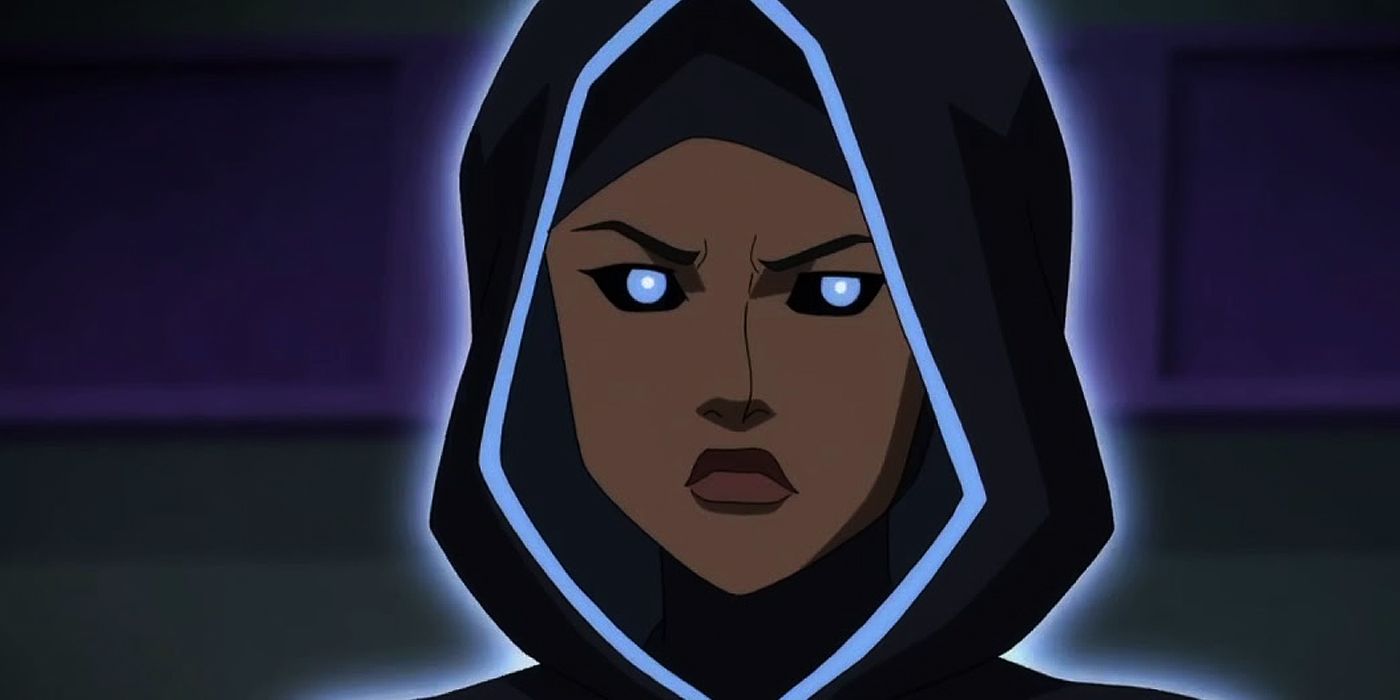
Halo arrived in season 3 and quickly became one of the show’s leading characters. A mother box living inside the body of a deceased Quraci girl, Halo is one of the show’s most fascinating figures. They struggled with their identity in Outsiders, but in Phantoms, they conclude that they feel neither male nor female and accept their identity as non-binary.
The show’s treatment of Halo’s coming out was admittedly clumsy, but the sentiment is still appreciated. Non-binary characters are still scarce in the television landscape, and many people still struggle to accept and understand them. Having non-binary figures in television and movies is crucial, so hopefully, Young Justice will keep exploring Halo’s identity.
Children On The Spectrum
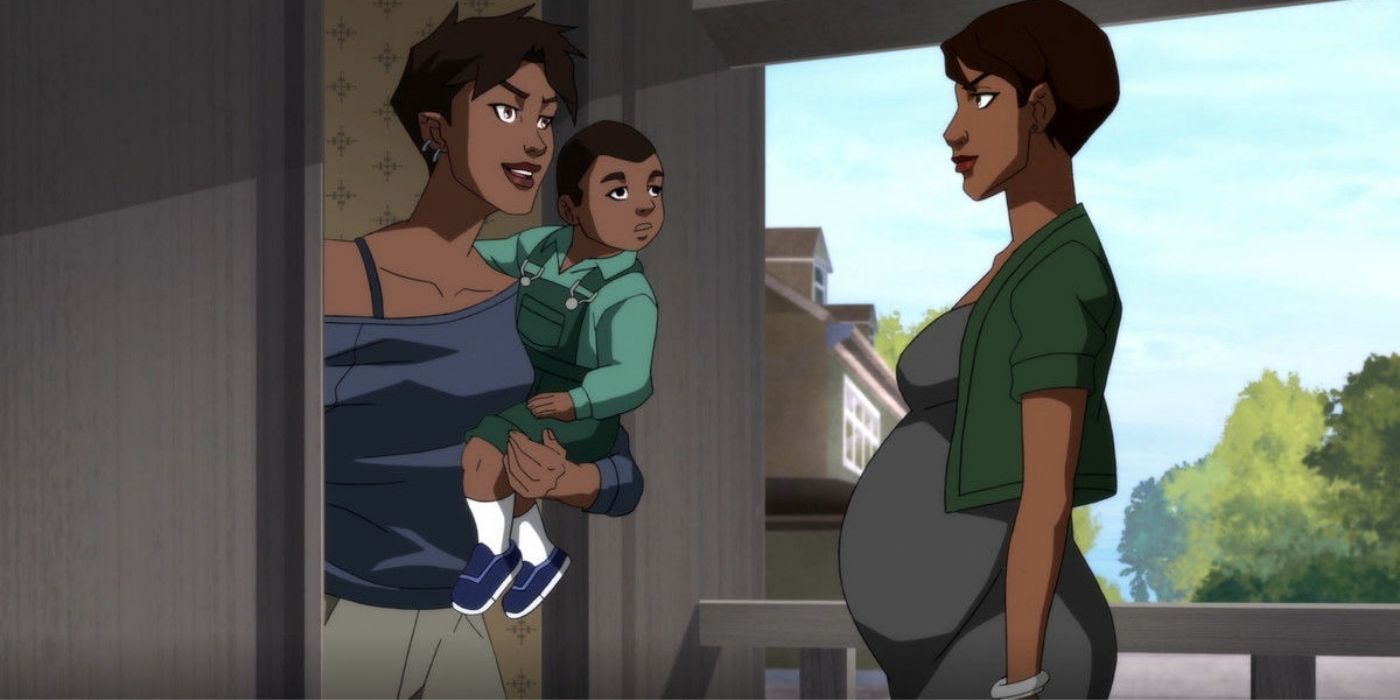
Like Zatanna, Rocket was part of The Team in season 1 before making the jump to the Justice League. She played a mainly supporting role in Invasion and Outsiders before the writers gave her an arc of her own in Phantoms. Fans got to see her living with her son Amistad, who is on the spectrum.
So few superheroes have a balance in their heroic and personal lives, and even fewer do it as single parents. Rocket’s arc puts the struggles of single mothers everywhere front and center, delivering a storyline unlike any in the numerous comic book adaptations that come out every year. Amistad’s autism will surely play a prominent role throughout Rocket’s arc; hopefully, it’ll help clear out some of the doubts fans might have about it.




